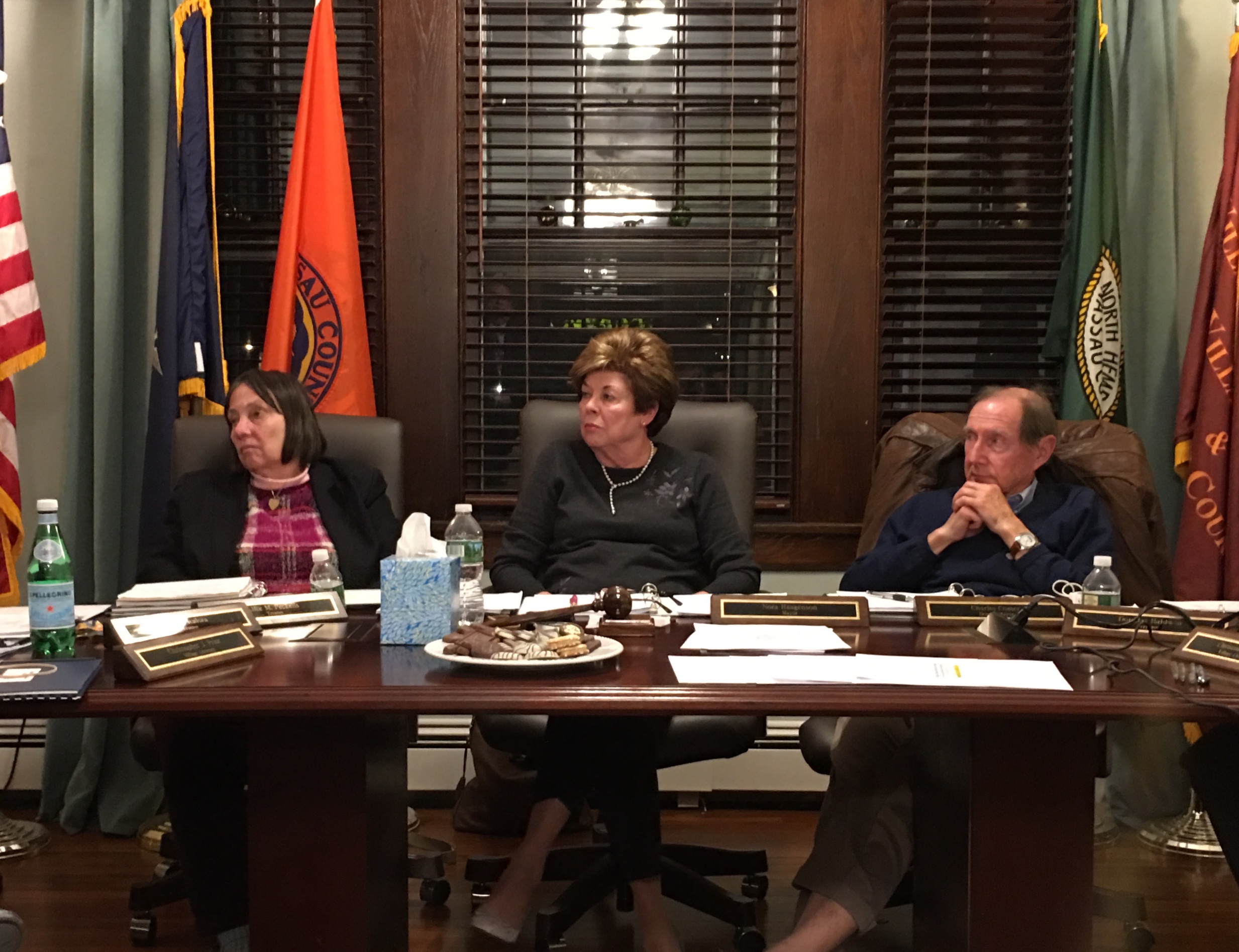There have been a number of complaints in the Village of Baxter Estates regarding high fees for small projects, according to Trustee Douglas Baldwin.
With the help of the village Building Inspector Robert Barbach, Baldwin is restructuring the fee schedule where higher fees would be allocated to larger projects along with lower fees for smaller projects with the goal of generating the same amount of revenue.
Baldwin’s proposal at last Thursday’s meeting was to assign a dollar amount per square foot and to define areas as livable and non-livable as to be able to designate different rates to those categories.
Currently, the fees consider square footage using ranges like 1 to 1,000 sq. feet with the fee being the same for anything that falls in between.
Barbach said that the building department does not want to get into disputes with residents where they say we made up the corresponding fee and they not agreeing to it.
“This is a very nice way to avoid that, to make it this very simple, straightforward dollar per square foot,” he said.
The example that Baldwin provided was that the village would charge $1 per square foot for non-livable spaces like driveways, and $2 per square foot for the first 1,000 sq. feet of livable spaces and then after charge $3 per square foot.
The reason for the higher rate after hitting the threshold of 1000 sq. feet has to do with the increased number of inspections for larger projects.
Distinguishing an area as livable or non-livable creates simplicity because the village would not be required to list every type of structure. All spaces can be encompassed by the two categories: livable or non-livable, Baldwin said.
It also puts the board in a position where they are unlikely to miss something then have to determine a fee on the spot, he added.
An option that was originally proposed was to determine the fee as a percentage of the project cost but that would penalize those who are using more expensive building materials, such as marble, Baldwin said.
Baldwin suggested the percentage calculation be utilized for some projects that do not fit in the square foot formula, such as oil to gas conversion, and in that case, it is proposed that the fee would be one percent of the project cost.
Trustee Chris Ficolara argued that projects like oil to gas conversion can be measured because it is being implemented to heat an area which can be considered for the project fee.
Baldwin responded that this option will be looked into.
There are standard fees that are the same regardless of the project’s characteristics. Applicants must pay a $200 application fee and a $100 completion fee.
Baldwin suggested that the board allow the building department and the clerk until the end of the fiscal year to run the numbers in his proposal to see how they compare with the current revenue of the building department to assure that it amounts to a similar income.



